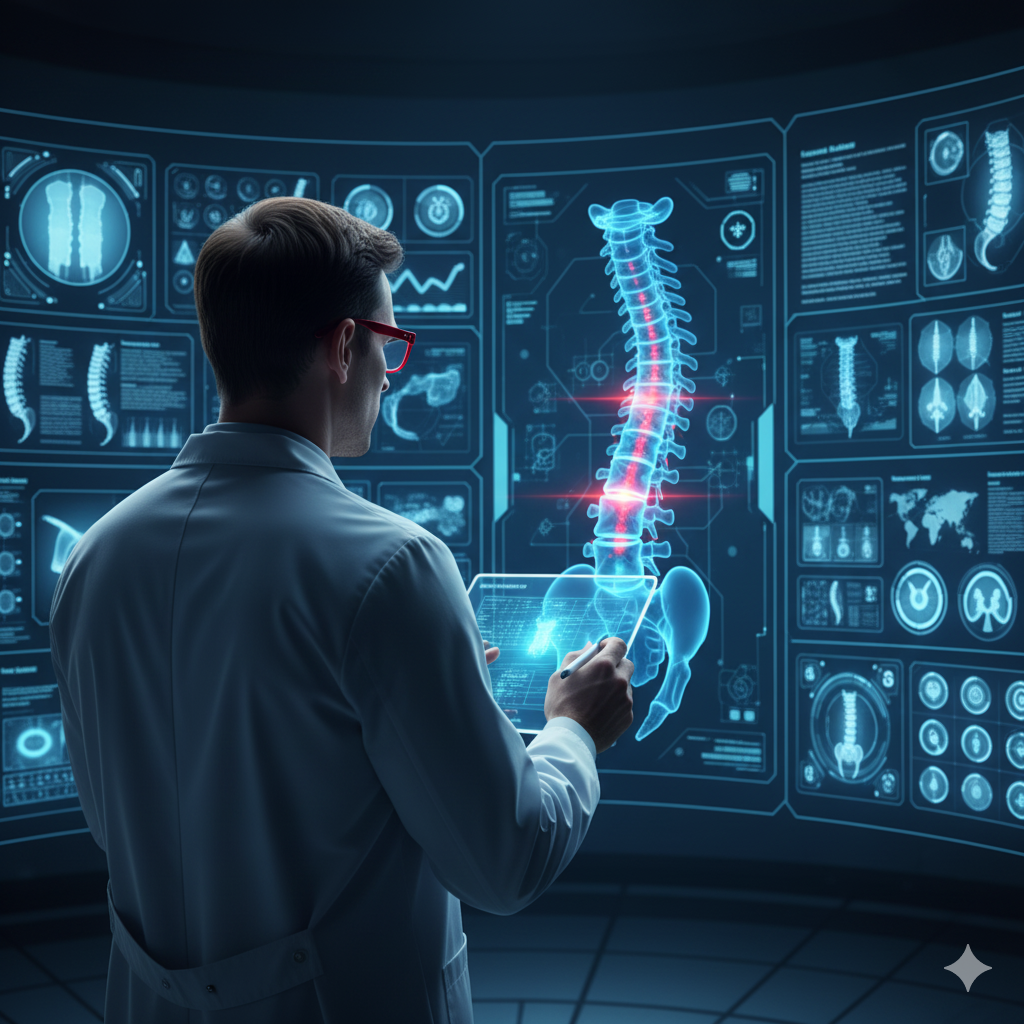What if recovery after a spinal cord injury wasn’t just about regaining movement, but redefining what’s possible? With AI and neurorehabilitation converging, that future is already here. From decoding brain signals to guiding smarter, more personalised therapies, innovators are turning groundbreaking science into real-world impact.
In this blog, we explore how AI is transforming spinal cord injury treatment, the science behind it, and the pioneering companies making that vision real.




